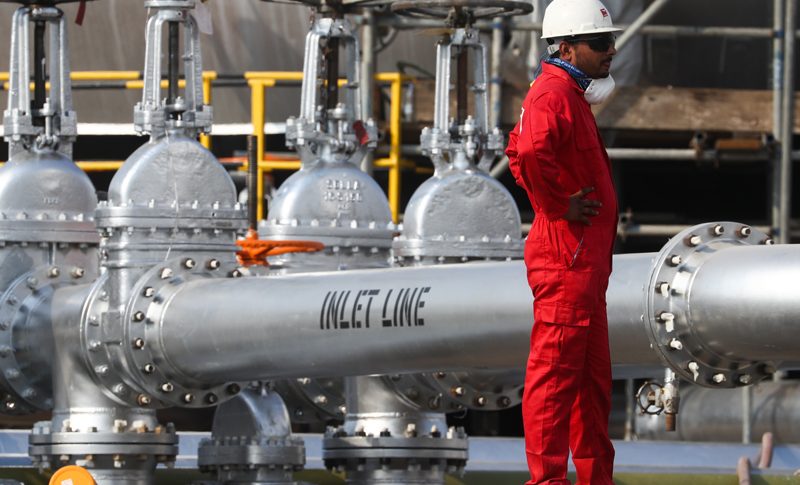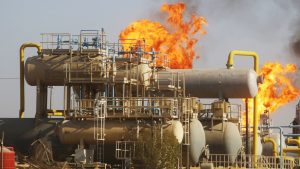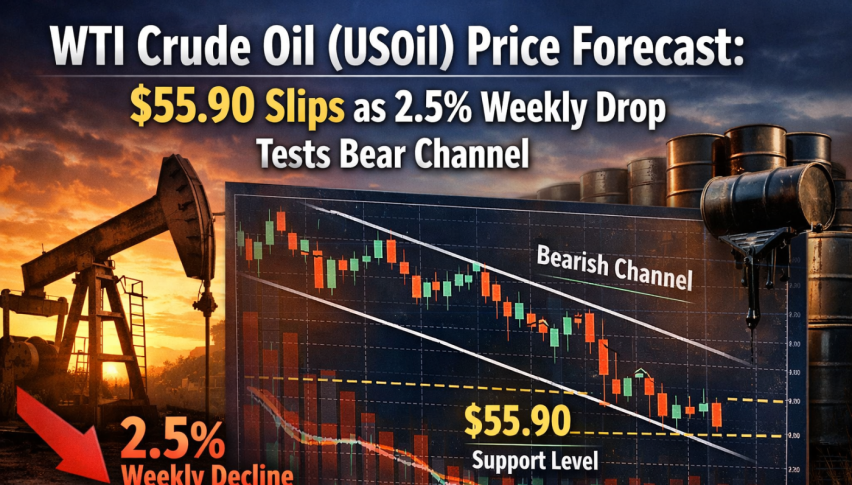Weak Oil Prices Drag Saudi Aramco’s Earnings Down
Saudi Aramco reported a tenth consecutive quarter of profit decline, as falling oil prices outweighed higher production

Quick overview
- Saudi Aramco reported a 19% decline in net income to 85.63 billion riyals ($23 billion) in the second quarter, marking its tenth consecutive quarter of profit decline.
- Falling oil prices and insufficient free cash flow to cover dividends indicate ongoing financial pressure on the company.
- The Saudi government is experiencing reduced revenues due to lower oil prices and a planned cut in Aramco's dividend for 2025.
- Brent crude prices have dropped nearly $20 per barrel compared to last year, currently trading below $70, which is below the $90 needed for Saudi Arabia to balance its budget.
Saudi Aramco reported a tenth consecutive quarter of profit decline, as falling oil prices outweighed higher production. Net income attributable to shareholders dropped 19% to 85.63 billion riyals ($23 billion) in the second quarter compared to a year earlier, according to a statement Tuesday.

This was below Bloomberg’s estimates, which relied on analyst projections. Free cash flow again failed to cover the dividend, signaling ongoing pressure on Aramco’s balance sheet. The company announced earlier this year it would cut its dividend for 2025 by a third to about $85 billion, but it still lacks enough cash to pay the dividend.
The reduced payout and lower oil prices are decreasing Saudi government revenues as the crown prince pushes forward with plans to transform the economy.
The second quarter saw an average drop of nearly $20 per barrel in London oil prices compared to the same period last year. Currently, Brent crude trades below $70 per barrel, less than the over $90 the IMF says Saudi Arabia needs to balance its budget.
The Organization of the Petroleum Exporting Countries, led by Saudi Arabia, and its allies have been increasing Aramco’s output recently as part of their strategy. The country plans to boost daily production by a million barrels from April to nearly 10 million barrels by September..
- Check out our free forex signals
- Follow the top economic events on FX Leaders economic calendar
- Trade better, discover more Forex Trading Strategies
- Open a FREE Trading Account

